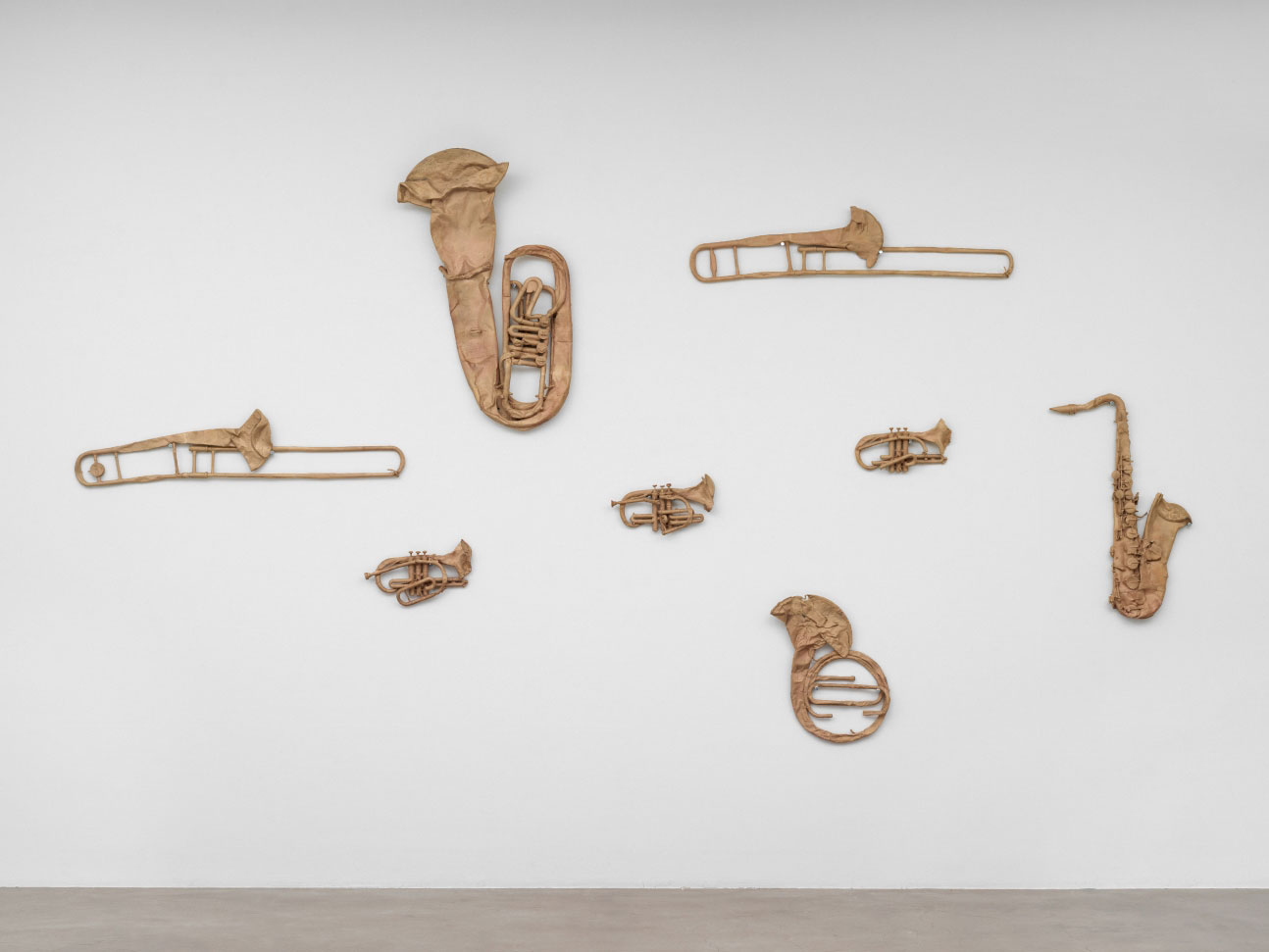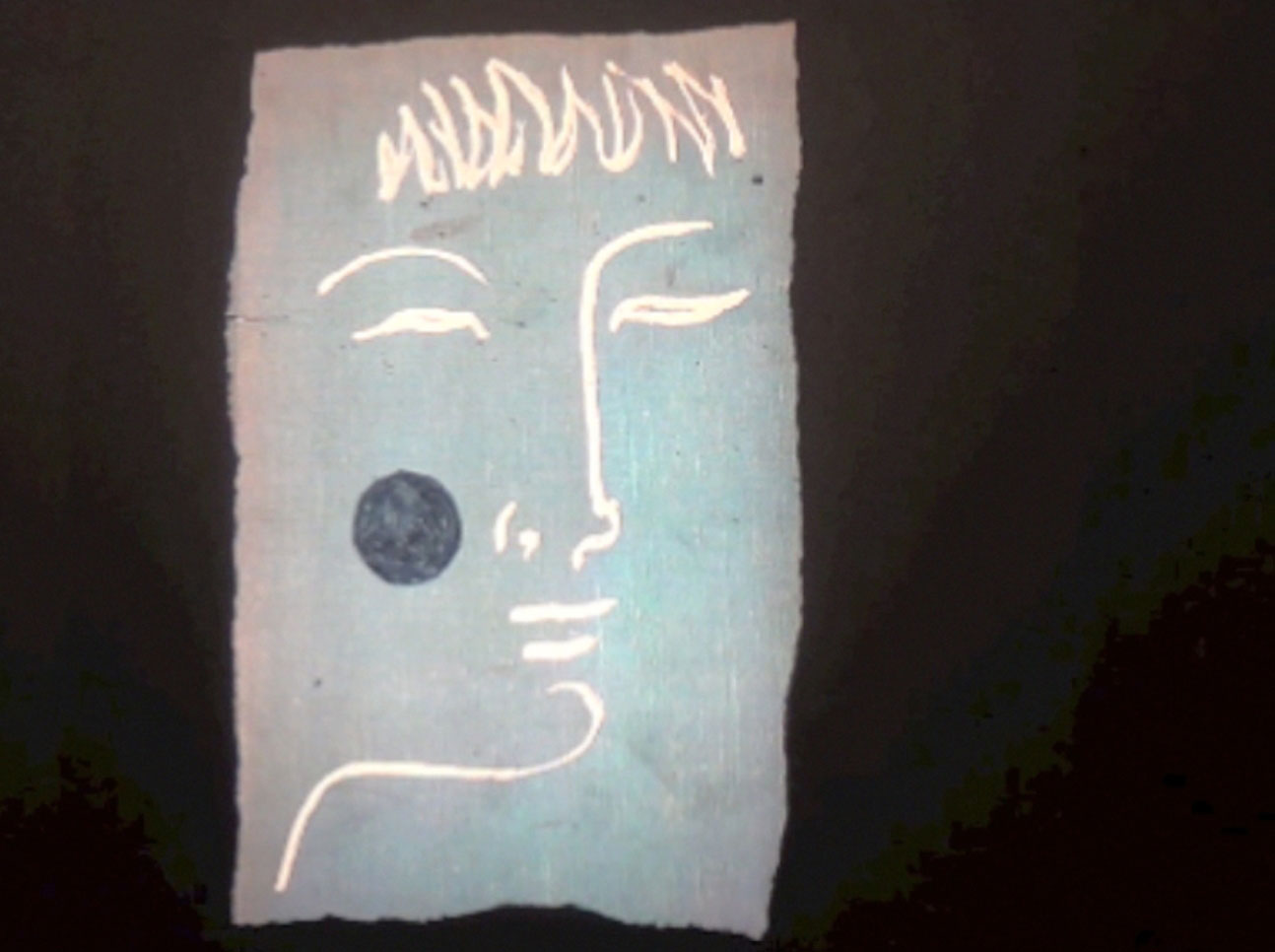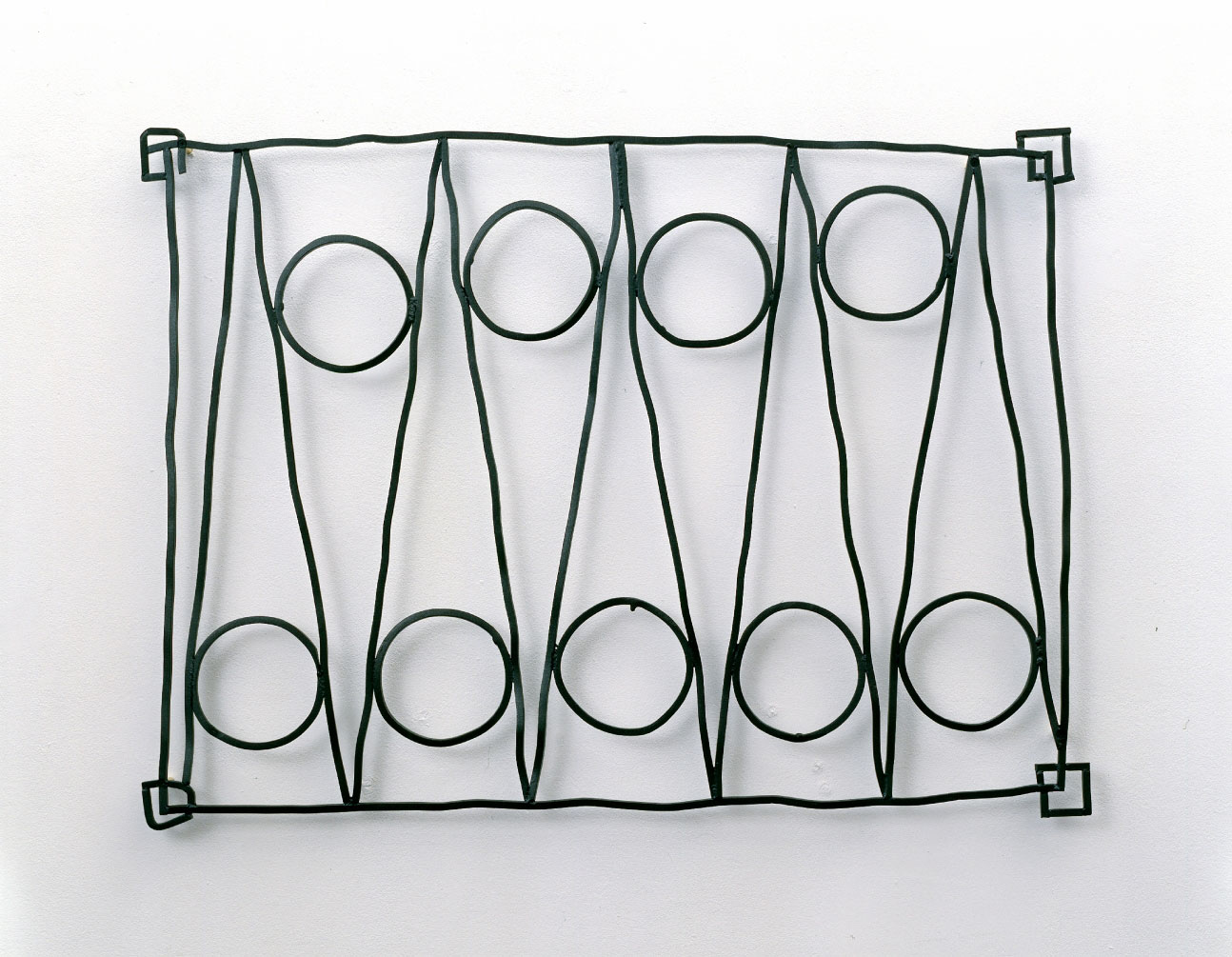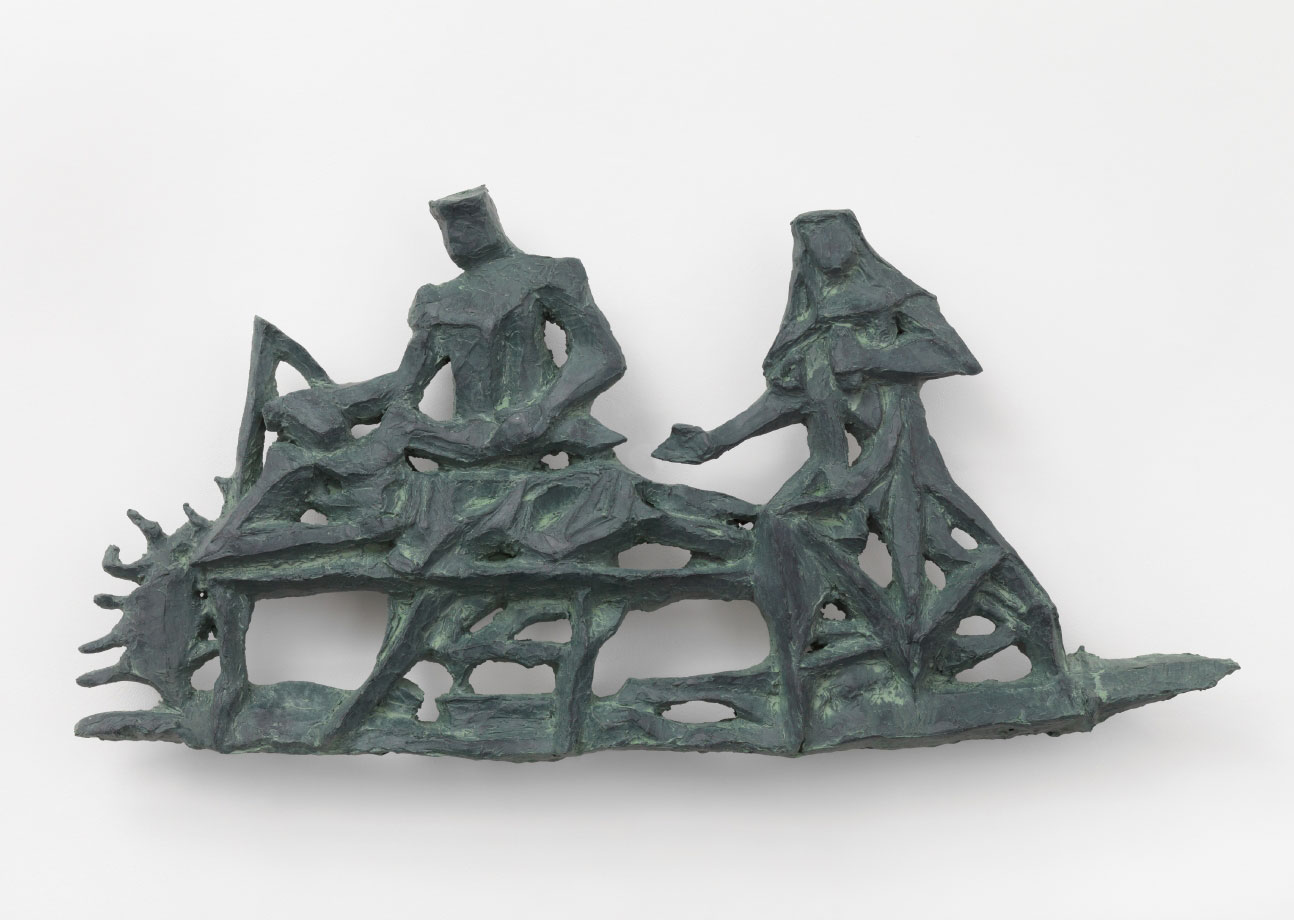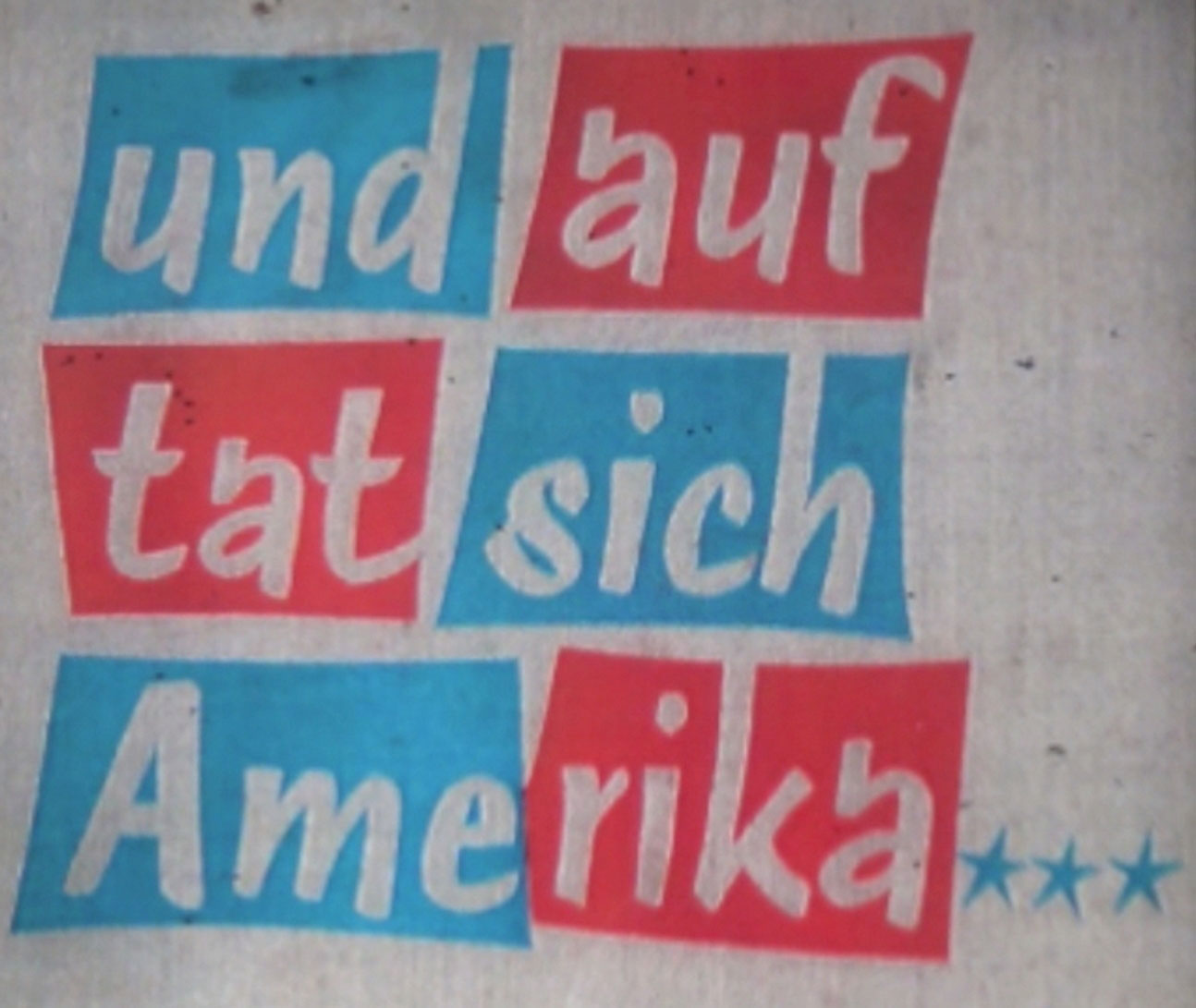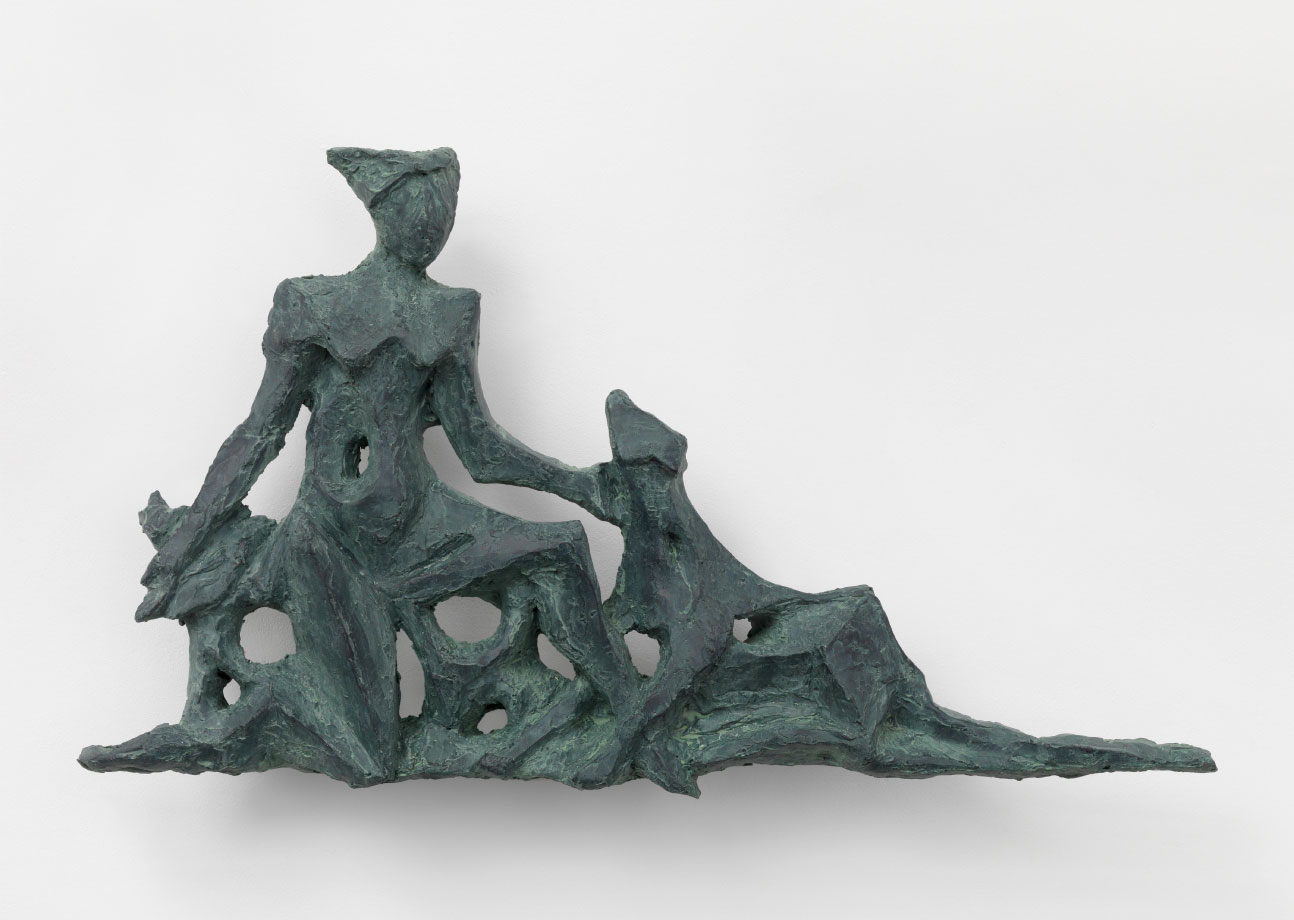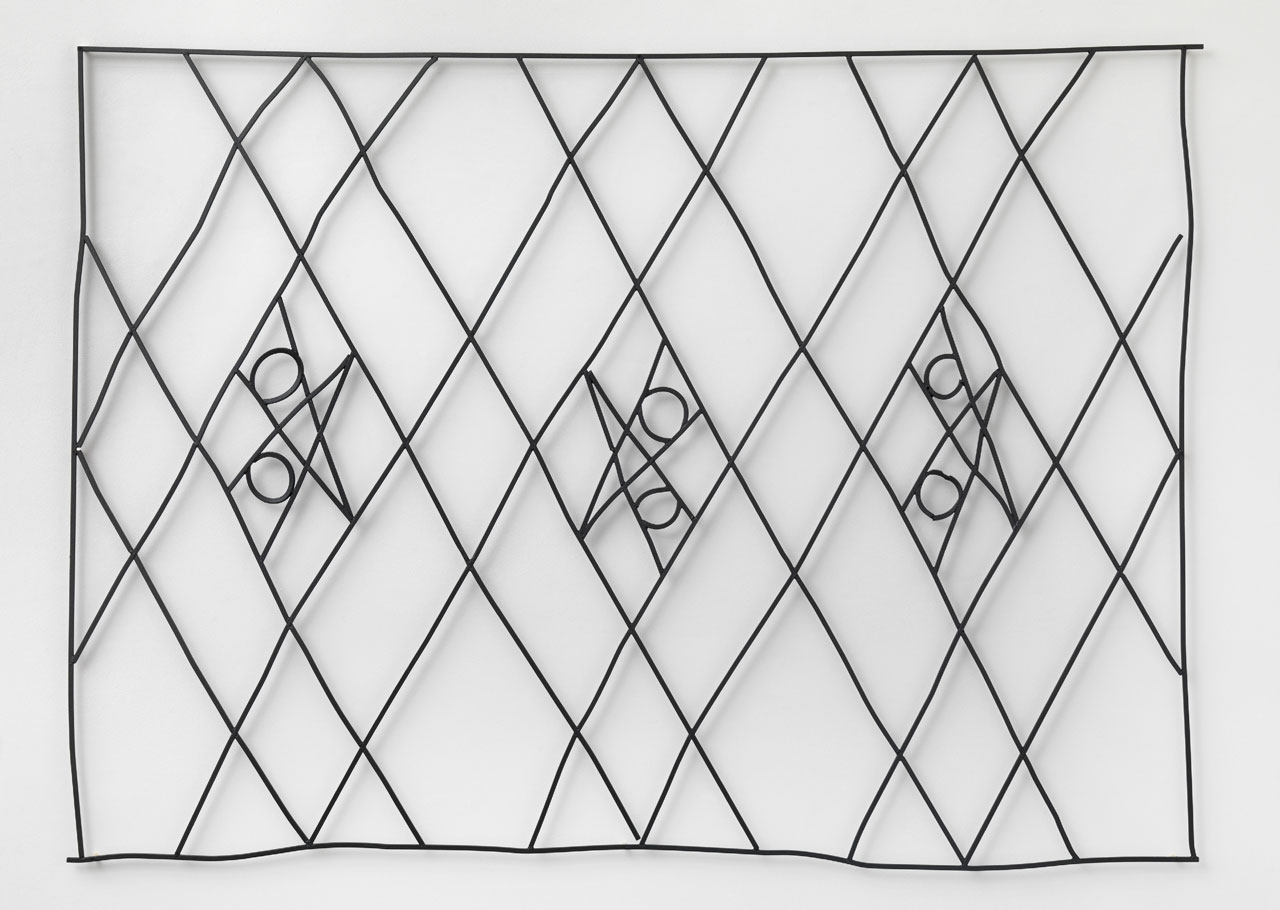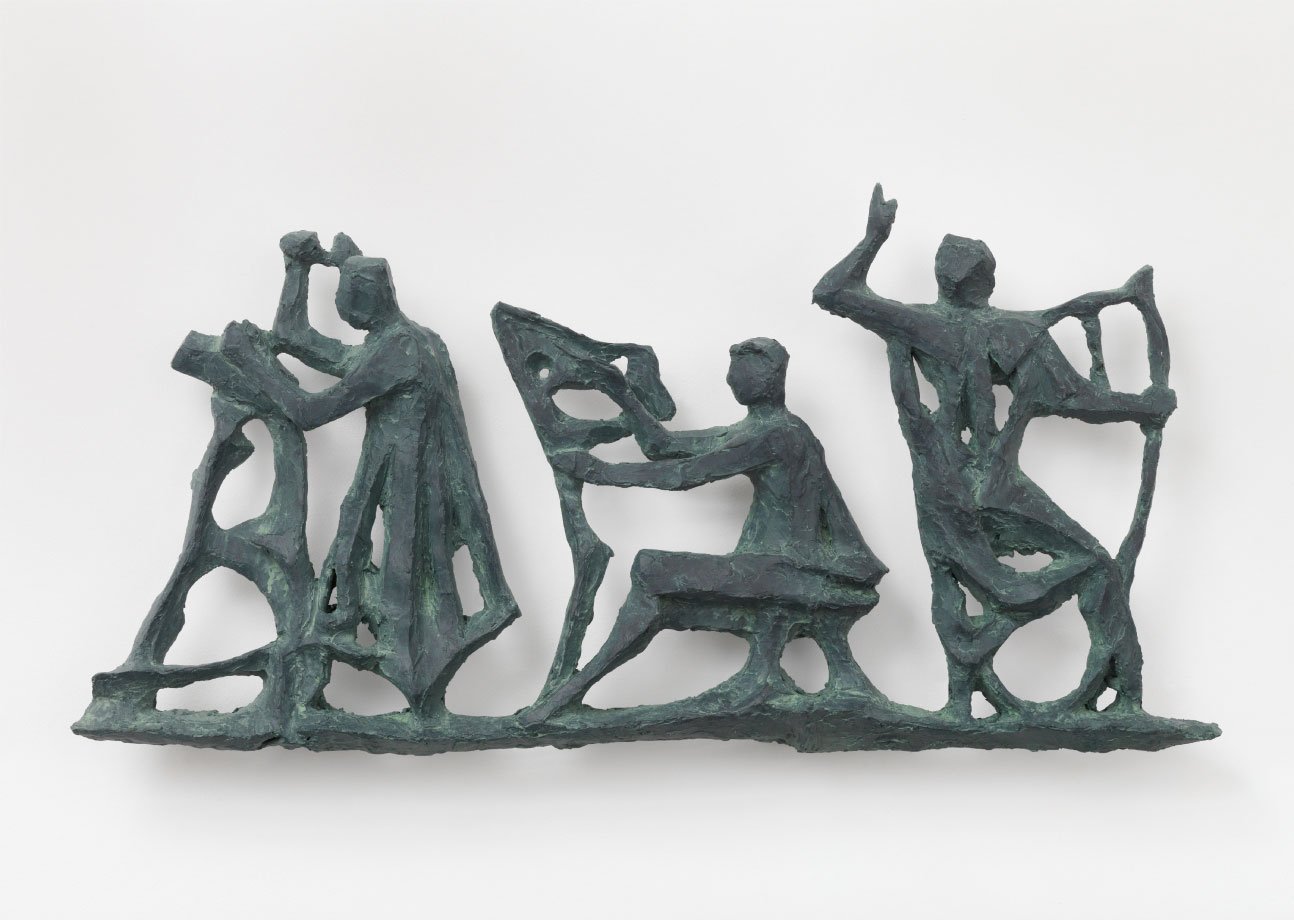ART CITIES:N.York-Valentin Carron
 In his sculptures and collages, Valentin Carron imitates traditional handicrafts and unknown artworks, as well as stereotypical modern and everyday forms. By appropriating these objects and styles, he questions originality, authenticity, and identity in the globalized world. He reformulates traditional handicrafts, mainly from his Swiss homeland, by substituting natural materials like wood for synthetic materials; conversely, he commissions well-trained craftsmen to create precious works imitating cheap industrial articles.
In his sculptures and collages, Valentin Carron imitates traditional handicrafts and unknown artworks, as well as stereotypical modern and everyday forms. By appropriating these objects and styles, he questions originality, authenticity, and identity in the globalized world. He reformulates traditional handicrafts, mainly from his Swiss homeland, by substituting natural materials like wood for synthetic materials; conversely, he commissions well-trained craftsmen to create precious works imitating cheap industrial articles.
By Efi Michalarou
Photo: Galerie Eva Presenhuber Archive
For his exhibition “And So America Opened Up” in New York, Valentin Carron has brought together a series of works created since 2009. The works on view include reconstructions of modernist reliefs, sculptures, stained glass pieces, a vast ensemble of brass instruments that have been brutally reduced to decorative elements, wrought iron gates, two videos, and a Giacometti-style iconic, provocative hand. All works are gathered together under the title “And So America Opened Up”. At a very special moment in his artistic career and in a context whose future no one yet dares to predict, Carron has allowed himself a courageous and uncompromising retrospective vision toward his oeuvre. Carron’s work is defined by a fascination for modernity and its decay. To him, there is no doubt that a formal vocabulary was developed in the 20th century and that this infuses all areas of our everyday life, particularly the vernacular. The elements that catch Carron’s eye, he finds in his immediate vicinity—in the squares of small towns, in front of administrative buildings of little importance, or rundown public places. These fragments are all replete with potential modernist references. Far from any center, they represent many testimonies of a modern dream left in tatters. An artist studying them, reproducing them in different materials (but to scale), and, above all, inserting them into exhibition spaces —just as one would do with plants that cannot withstand winter—are gestures that are both benevolent and disillusioned. As he browses the tarmacked areas of our public parks, Carron laughs at nothing, corrects nothing, values nothing, and keeps a slightly hopeless feeling of loss alive in us.
Valentin Carron was born in Martigny in 1977. He attended the Cantonal School of Fine Arts (ECCO) in Sion from 1992 to 1999 and from 1997 to 2000, the Lausanne School of Fine Arts (ECAL). Carron is known for his sculptural works which are permeate with symbols, forms of archaeological discoveries, as well as sculptural works of well-known models such as Alberto Giacometti. The inserted references become a perfect tool for building his own appropriative pictorial and sign system. Throughout the works, Carron is questioning the idea of national identity and tradition by a humorous use of vernacular and before mentioned method of appropriation. The motives which are often drawn from phenomenon’s like Pop Art and kitsch are in function of molding the mass-produced aesthetic with underlying social commentary. In 2013 Valentin Carron was chosen to represent the Swiss pavilion at the prestigious 55th International Art Exhibition – La Biennale de Venezia. The artist managed to form strong formal language by introducing readymade aesthetic mixed with ideals of traditional Swiss Alpine imagery. In several attempts during their modern history, Swiss authorities fabricated traditional imagery and appointed it to certain parts of the country in order to gain larger tourism and straighten national identity. Therefore, by accentuating these details Carron is proposing a different discourse in regards to the matter of originality and fake of not only an artwork but rather of the national identity and capitalism. This participation enabled him to exhibit even more and positioned him as an aspiring and successful artist. Without any doubt, Carron governess his career in the sense of wisely thought concepts and ideas which are executed properly in regards to his agenda based on dematerialisation and re-contextualization of an artwork.
Photo: Valentin Carron, imperia V (after Rossi), 2012, Polystyrene, fiberglass, acrylic resin, acrylic paint, wood, steel, Unique, 180 x 150 x 41 cm / 70 7/8 x 59 x 16 1/8 in, Weight approx. 40 kg, © Valentin Carron
Info: Eva Presenhuber Gallery, 39 Great Jones Street, New York, NY, USA, Duration: 18/3-23/4/2022, Days & Hours: Tue-Sat 11:0018:00, www.presenhuber.com
